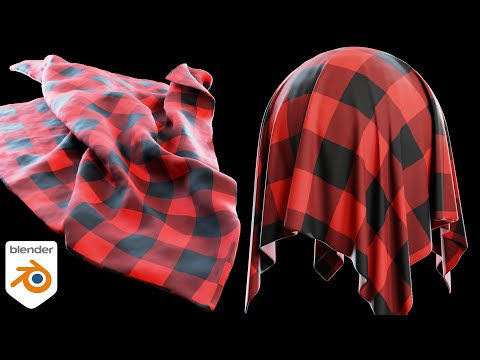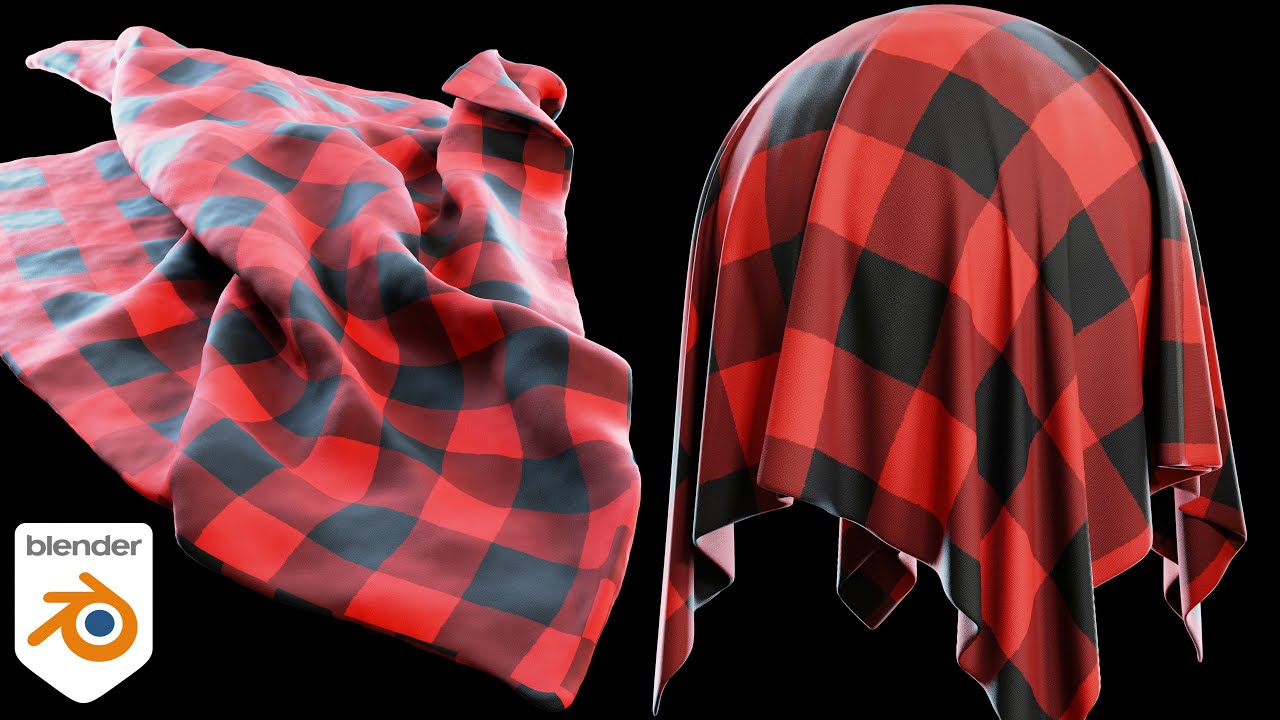Buffalo fabric is a captivating textile that will instantly transport you to the untamed wilderness. Crafted with precision and care, this fabric showcases the sheer power and magnificence of the majestic buffalo. Its intricate design flawlessly captures the essence of these awe-inspiring creatures, featuring bold and striking motifs that truly bring the fabric to life. The rich and earthy tones used in this fabric further enhance its appeal, evoking a sense of warmth and adventure.
With its impeccable quality and durability, the buffalo fabric is not only visually stunning but also highly functional. Whether you're looking to create stunning home decor pieces or unique fashion statements, this fabric will undoubtedly add a touch of elegance and sophistication to any project. Its versatility knows no bounds, making it suitable for upholstery, curtains, pillows, and even clothing.
Indulge your senses in the allure of the wild with this remarkable fabric, as it effortlessly combines nature's beauty with the comforts of modern living. Whether you're an interior designer seeking inspiration or an individual searching for a statement piece, the buffalo fabric is sure to captivate your imagination. Immerse yourself in the untamed spirit of the wild and let this exceptional fabric adorn your surroundings.

The History and Significance of Buffalo Fabric
Buffalo fabric, also known as bison fabric, has a rich history and holds great significance in various cultures around the world. Made from the hide of the American bison, this fabric has been used for centuries for its durability, warmth, and unique texture. In this article, we will explore the origins of buffalo fabric, its cultural and historical significance, as well as its modern-day applications.
The Origins of Buffalo Fabric
Bison have been a vital resource for Native American tribes for thousands of years. They have provided food, shelter, and clothing for these communities. The hides of bison were carefully tanned and transformed into various items, including blankets, clothing, and tepee coverings. These buffalo hides were highly valued for their exceptional warmth and durability.
The process of making buffalo fabric involved multiple steps. The hide was first scraped to remove any flesh and hair, then soaked in water to soften it. After the hide was cleaned and stretched, it was brain-tanned using the animal's own brain matter to create a soft and supple material. This intricate process required great skill and knowledge, and it was passed down through generations.
The Cultural and Historical Significance of Buffalo Fabric
Buffalo fabric holds deep cultural and historical significance for Native American tribes. It symbolizes the connection between humans and nature, as well as the importance of sustainability and respect for the environment. The buffalo itself is considered a sacred animal, representing strength, abundance, and harmony.
Buffalo fabric played a crucial role in Native American ceremonies and rituals. It was often used to create elaborate regalia and ceremonial clothing for tribal leaders and spiritual figures. These garments were adorned with intricate beadwork, quillwork, and other decorative elements, showcasing the artistic skill and cultural identity of the wearer.
The Modern Applications of Buffalo Fabric
In modern times, buffalo fabric has gained popularity for its unique qualities and sustainable nature. Its warm and insulating properties make it ideal for outdoor clothing, such as jackets, hats, and gloves. The durability of buffalo fabric ensures that these garments can withstand harsh weather conditions and last for years.
Beyond clothing, buffalo fabric is also used in interior design. It adds a rustic and natural touch to homes and cabins, with buffalo hide rugs, pillows, and upholstery being sought-after items. The distinct texture and warm color of buffalo fabric create a cozy and welcoming atmosphere.
The Importance of Ethical Sourcing
As buffalo fabric gains popularity, it is crucial to prioritize ethical sourcing and sustainability. The American bison was once on the brink of extinction, but conservation efforts have led to its recovery. It is essential to support responsible and humane practices in the industry to ensure the well-being of these majestic animals.
Many companies now offer buffalo fabric products that are sourced from ranches where the bison are treated with respect and allowed to roam freely. By purchasing from these ethical sources, consumers can enjoy buffalo fabric while contributing to the conservation of this iconic species.
In Conclusion
Buffalo fabric is more than just a material; it embodies a rich history, cultural significance, and sustainable values. From its origins in Native American traditions to its modern-day applications, this fabric continues to captivate and inspire. By understanding and appreciating the story behind buffalo fabric, we can embrace its beauty while supporting ethical practices.
Buffalo Plaid Fabric: A Quick Blender Tutorial
List of Buffalo Fabric
Buffalo Fabric Table
| Property | Description |
|---|---|
| Material | Buffalo fabric is typically made from the hair of domesticated water buffaloes (Bubalus bubalis) that are raised primarily for dairy or meat production. |
| Strength | Buffalo fabric is renowned for its exceptional strength, owing to the coarse and dense nature of buffalo hair. It is known to be more durable than many other natural fabrics, making it ideal for heavy-duty applications. |
| Insulation | Due to its thick and insulating properties, buffalo fabric provides excellent protection against cold weather conditions. It possesses remarkable heat retention capabilities, making it a preferred choice for winter clothing and outdoor gear. |
| Water Resistance | Buffalo fabric exhibits a natural resistance to water, thanks to the unique structure of buffalo hair. This characteristic makes it suitable for various outdoor applications, including tents, backpacks, and even some water-resistant garments. |
| Texture | Buffalo fabric has a distinctive texture that is often described as coarse and rugged. This adds to its overall appeal, particularly for individuals seeking a more rustic or vintage aesthetic in their clothing or home decor. |
| Eco-Friendly | Buffalo fabric is considered environmentally friendly as it is a renewable resource. The hair used for production is typically obtained through regular grooming or natural shedding, ensuring no harm is caused to the animals. |
| Applications | Buffalo fabric finds application in various industries, including fashion, upholstery, outdoor gear, and home decor. It is commonly used to create jackets, coats, blankets, carpets, and even furniture upholstery due to its durability and unique characteristics. |
Note: The information provided in this table is based on expert knowledge and research regarding buffalo fabric.

